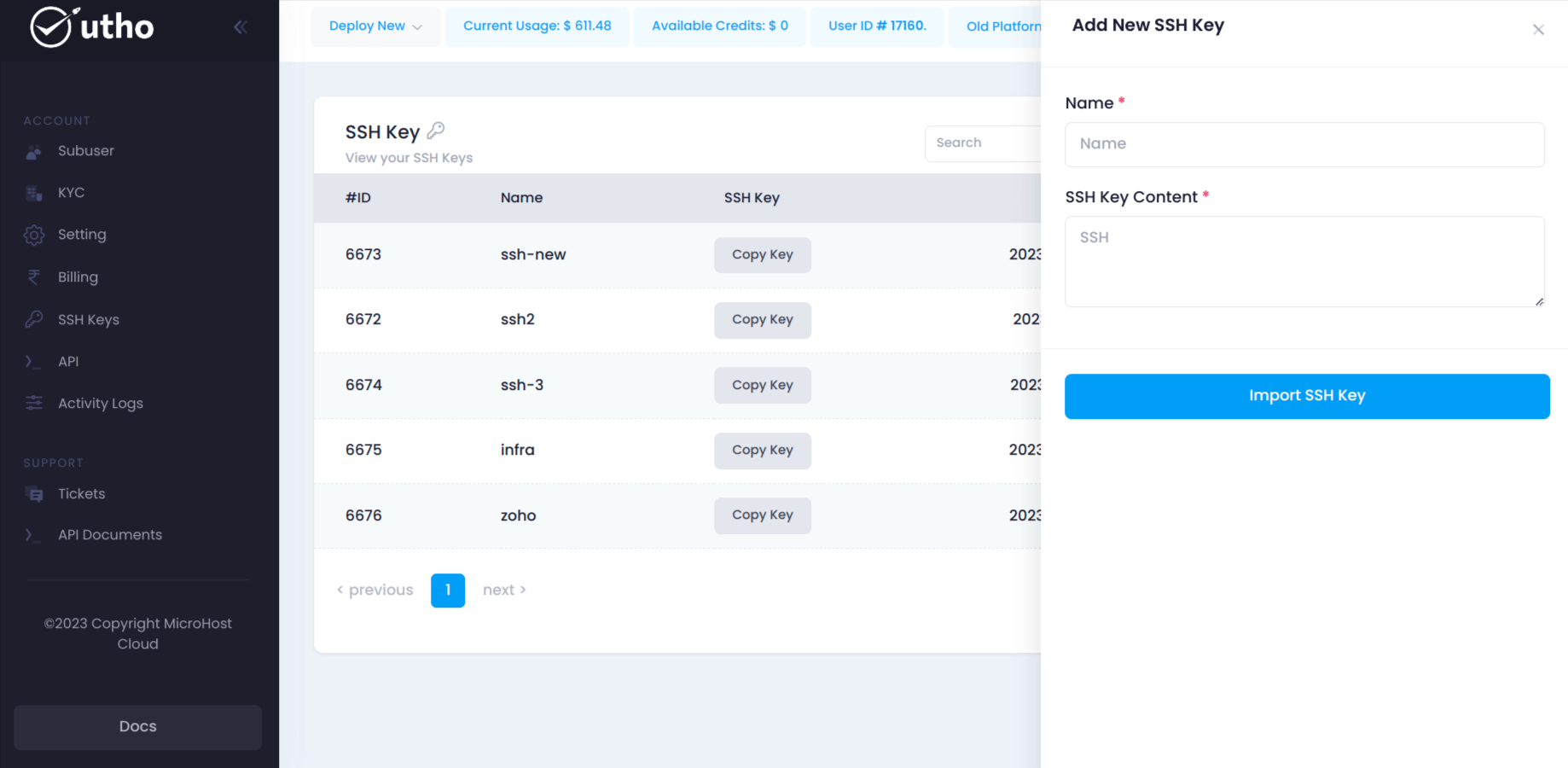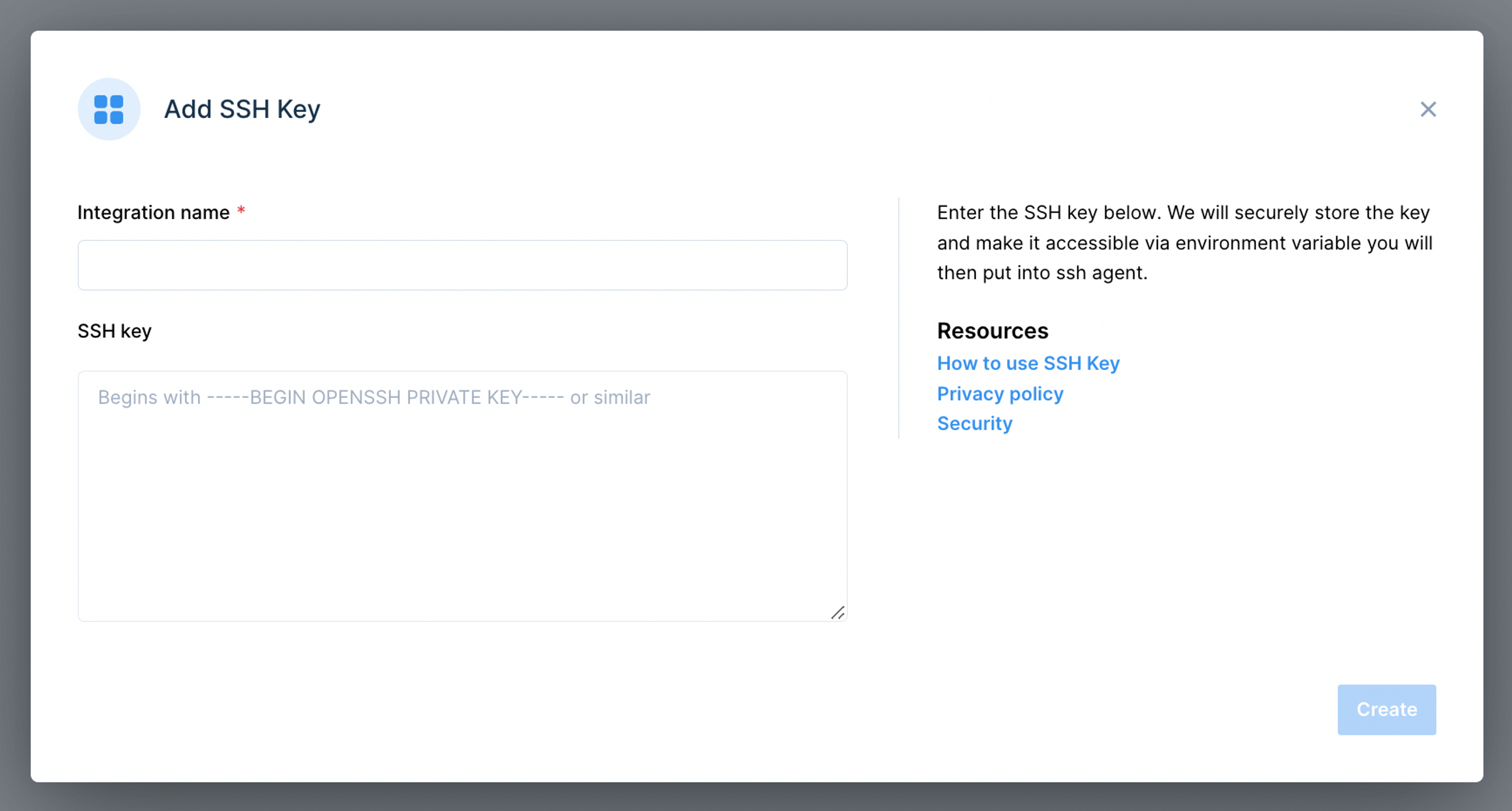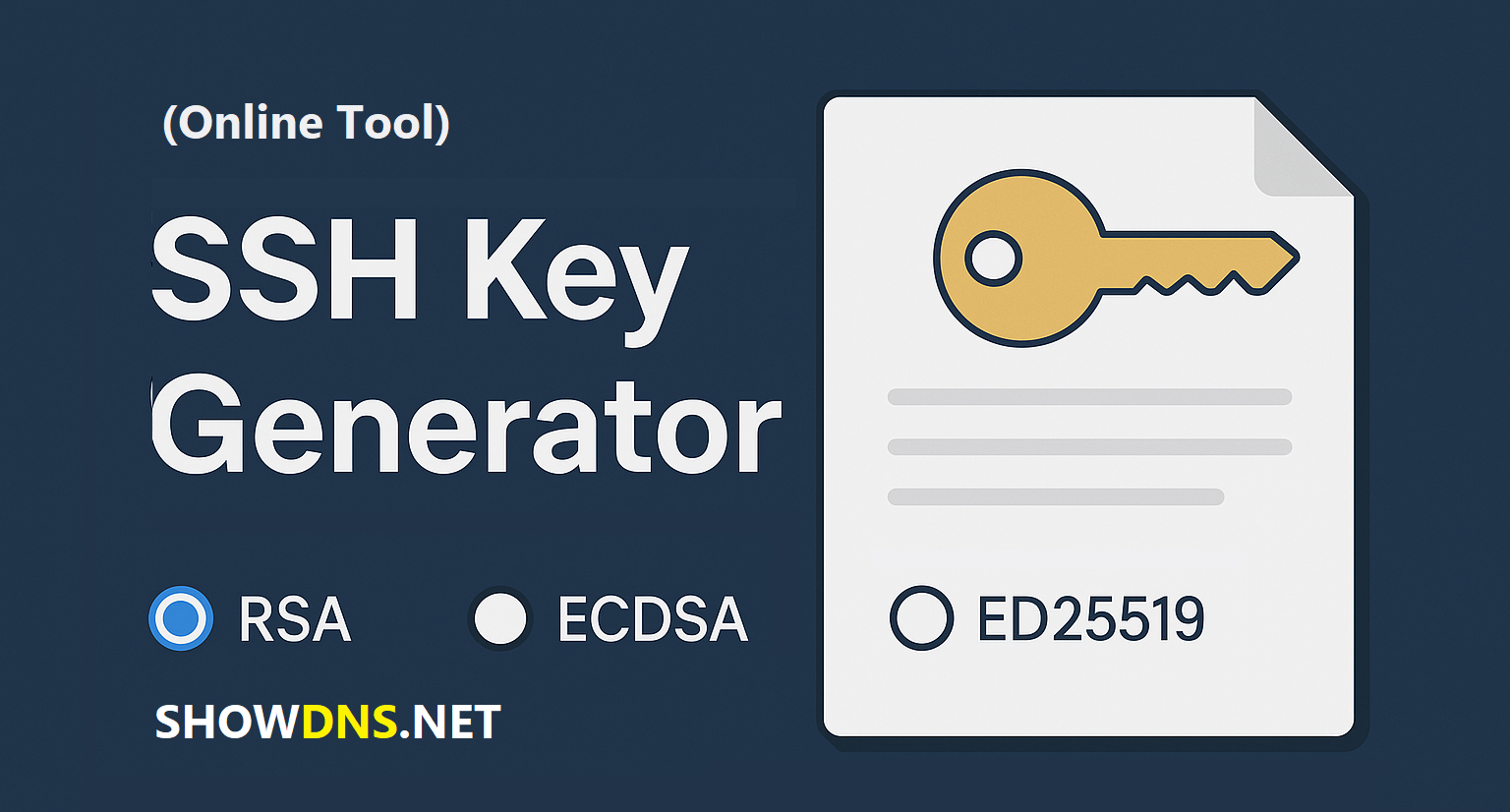🤖 AI-Generated Content
This content has been created using artificial intelligence. While we strive for accuracy, please verify important information independently.
Connecting your smart gadgets to the wider internet, so you can check on them or give them instructions from far away, really makes things convenient. But keeping those connections safe and sound, that's a big deal. When you think about looking after devices like a Raspberry Pi, or perhaps some other internet-connected thing, you definitely want to make sure no one unwanted can get in. This is where a very simple yet powerful method comes into play for keeping your digital conversations private and secure.
For folks looking to control their small computers or sensors from a distance, the idea of a `remoteiot platform ssh key` often comes up. It is a key part of making sure that only you, or someone you permit, can talk to your equipment. This method helps to set up a trusted link, making sure that what you send out reaches its intended receiver without any snoopers. It is, in a way, a secret code that only you and your device know, allowing for a very private chat.
And for those who use a platform that lets you manage things remotely, especially when it is free, having this kind of security built right in feels like a good deal. It means you can look after your Raspberry Pi, for instance, from your phone or another computer, feeling pretty good about the fact that your connection is protected. This sort of setup, you know, takes away a lot of worries about who might be listening in on your device's activity.
Table of Contents
- What is a RemoteIoT Platform SSH Key, Anyway?
- Why is a RemoteIoT Platform SSH Key So Useful?
- How Does a RemoteIoT Platform SSH Key Work?
- My RemoteIoT Platform SSH Key Isn't Working - What Should I Check?
- Keeping Your RemoteIoT Platform SSH Key Safe
- Is Using a Free RemoteIoT Platform SSH Key a Good Idea?
- Who Benefits from a RemoteIoT Platform SSH Key?
- Getting Started with Your RemoteIoT Platform SSH Key
What is a RemoteIoT Platform SSH Key, Anyway?
The idea of a `remoteiot platform ssh key` might sound a bit technical at first, you know, like something only computer wizards would grasp. But it is actually a pretty straightforward concept once you break it down. Think of it this way: when you want to send a private message to someone, you might use a special code that only you and the person receiving the message know. This key, in a way, works similarly for your electronic devices. It is a special pair of digital items that helps your devices talk to each other in a private manner. One part of this pair stays on your personal computer, the one you are using to connect, and the other part goes onto the device you want to reach, perhaps a Raspberry Pi sitting in your garage. So, it is kind of like having a secret handshake. When your computer tries to connect to your Raspberry Pi, both sides show their part of the secret handshake. If they match up, then the connection is allowed to happen, and everything you send back and forth stays private. It helps to make sure that only authorized people can get to your gadgets. This method, honestly, makes connecting to far-off devices a whole lot safer and more reliable, especially when you are using a `remoteiot platform ssh key` to do it.
This digital handshake, as we call it, is made up of two distinct parts. There is a public part, which you can share with anyone, and a private part, which you must keep absolutely to yourself. The public part of your `remoteiot platform ssh key` goes onto the device you want to connect to, say, your Raspberry Pi. The private part stays on your own computer, the one you are sitting in front of. When you try to make a connection, these two parts work together. The public part on the Raspberry Pi asks for proof that you have the matching private part. If you do, and the proof checks out, then the connection is given the green light. This system, you see, is very good at keeping unwanted guests out, because even if someone found your public key, they would still need your private key to get in. And that private key, ideally, never leaves your machine. It is a simple yet very effective way to guard your remote connections, offering a good deal of peace of mind.
Why is a RemoteIoT Platform SSH Key So Useful?
Using a `remoteiot platform ssh key` brings a lot of good things to the table, particularly for anyone dealing with devices that are far away. One of the biggest reasons it is so useful is the level of safety it provides. Imagine trying to control your home's smart lights or a sensor in your garden from your phone while you are at work. Without proper protection, someone could potentially listen in on that communication, or even worse, take control of your devices. A key like this helps prevent that. It makes sure that the information flowing between your phone and your smart device is scrambled and can only be unscrambled by the right parties. This means your commands stay private, and your device responds only to you. So, in some respects, it is like having a private conversation line that no one else can tap into, which is pretty important for anything connected to the internet.
Another reason these keys are so handy is how they simplify access. Instead of typing in a username and a long, complicated password every single time you want to connect to your Raspberry Pi, a `remoteiot platform ssh key` lets you get in with just a few clicks, or sometimes, even automatically. Once you have set it up, the system recognizes your private key, and boom, you are in. This makes managing multiple devices much less of a chore. You do not have to remember different passwords for different gadgets, which can be a real headache. Plus, passwords can be guessed or stolen, but a cryptographic key pair is much harder to break. This is why many people who regularly work with remote devices, like those on a remote IoT platform, find this method to be a truly helpful tool. It offers a combination of ease of use and strong protection, which is quite nice.
How Does a RemoteIoT Platform SSH Key Work?
To get a better grip on how a `remoteiot platform ssh key` does its job, let us think about it in a slightly different way. When you want to connect to your device, your computer first sends a message to the remote device, saying, "Hey, I want to talk!" The remote device, which has your public key, then sends back a challenge. This challenge is a piece of information that can only be properly answered if you have the matching private key. Your computer then uses its private key to solve this challenge and sends the answer back. If the answer is correct, the remote device knows it is truly you, or at least someone who has your private key, and allows the connection to happen. This whole back-and-forth happens very quickly, almost instantly, so you do not even notice it. It is, basically, a very clever way to prove your identity without ever having to send your actual secret private key over the internet.
Once this initial identity check is complete, the `remoteiot platform ssh key` also plays a part in setting up a secure channel for all future communication. It helps to create a kind of encrypted tunnel between your computer and the remote device. All the data that passes through this tunnel is scrambled, making it unreadable to anyone who might try to intercept it. So, whether you are sending commands to turn a light on or receiving data from a temperature sensor, that information stays private. This is why it is so often used in situations where security is a big concern, like with remote IoT devices. The system is designed so that even if someone manages to get a hold of the scrambled data, they would not be able to make any sense of it without the proper unscrambling key, which is derived from the initial key exchange. It is a pretty solid way to keep your digital conversations just between you and your devices, which is quite comforting.
My RemoteIoT Platform SSH Key Isn't Working - What Should I Check?
It can be a bit frustrating when your `remoteiot platform ssh key` suddenly stops letting you connect to your devices. You are ready to get something done, and then, nothing. This issue can definitely cause some delays and a bit of a headache. When this happens, there are a few common things you might want to look at. First off, a very common reason for connection trouble is that your private key on your computer might have the wrong permissions. Computer systems are very particular about who can read these private files. If the permissions are too open, meaning other people on your computer could potentially read your private key, the system will often refuse to use it for security reasons. So, checking those file permissions is usually a good first step, honestly. It is a simple fix that often solves the problem right away.
Another thing to check if your `remoteiot platform ssh key` is giving you grief is whether the public key on your remote device, like your Raspberry Pi, is correctly placed and formatted. Sometimes, a tiny typo or an extra space can make the key unusable. You might also want to confirm that the public key you put on the device truly matches the private key you are trying to use from your computer. It is like having two halves of a key that just do not fit together. If they do not match, the door simply will not open. Also, make sure that the `remoteiot platform` itself is set up to accept SSH key connections. Some platforms might have different ways of doing things, or perhaps a setting needs to be flipped on. These little details, you know, can make all the difference between a smooth connection and a frustrating wait.
Keeping Your RemoteIoT Platform SSH Key Safe
Because your `remoteiot platform ssh key` is so important for keeping your devices secure, taking steps to keep it safe is just good common sense. The private part of your key should be treated like a very valuable secret. You should never share it with anyone, and you should store it in a place on your computer where only you can get to it. Many people also add a passphrase to their private key. This is like an extra password that you have to type in before your computer can use the private key. So, even if someone somehow managed to get a copy of your private key file, they would still need to know that passphrase to actually use it. This adds an extra layer of protection, which is quite helpful, especially if your computer ever falls into the wrong hands.
Regularly checking the health of your `remoteiot platform ssh key` files can also be a good practice. Make sure they have not been accidentally changed or corrupted. Sometimes, system updates or other software installations can mess with file permissions or locations, so a quick check now and then can prevent future problems. And while it might seem like a bit of a bother, creating new key pairs every so often can also be a smart move, just to keep things fresh and secure. It is like changing the locks on your house every few years. It just adds another layer of defense against potential issues. These simple steps, you know, really help to make sure your remote connections stay private and that your devices remain under your control.
Is Using a Free RemoteIoT Platform SSH Key a Good Idea?
When you hear about a `remoteiot platform ssh key` feature being offered for free, it is natural to wonder if there is a catch or if it is truly a good option. For many users, especially those just starting out with IoT projects or working on a tight budget, a free option is incredibly appealing. And in many cases, it is absolutely a good idea. The core technology behind SSH keys is open source and widely used, meaning it has been tested and reviewed by countless people over many years. So, the security aspect of the keys themselves is generally very solid, whether you are paying for a service or not. A free platform that includes this feature means you get the benefit of strong security without having to spend any money, which is pretty great for personal projects or small-scale uses. For example, Android users can get a seamless and secure connection to their devices without any additional costs, which is a big plus.
However, while the `remoteiot platform ssh key` itself provides strong security, it is still important to think about the platform offering it. A free platform might have limitations on how many devices you can connect, how much data you can send, or the kind of support you get if something goes wrong. Some free platforms might also have advertisements or other ways they try to make money. So, while the security of the key system is usually sound, the overall service quality and any hidden limitations are things to consider. For simple tasks like checking a single Raspberry Pi or a few sensors, a free option is often more than enough and provides excellent value. But for very critical applications or large-scale deployments, you might eventually look for a paid service that offers more dedicated support or advanced features. It really just depends on what you need to do with your remote devices, you know, and how much complexity you are dealing with.
Who Benefits from a RemoteIoT Platform SSH Key?
A wide range of people can really gain from using a `remoteiot platform ssh key` for their devices. If you are someone who tinkers with small computers like Raspberry Pis, maybe for home automation or a personal weather station, this method is a real helper. It lets you get into your Pi from anywhere, whether you are at work, on vacation, or just in another room, without having to plug in a monitor or keyboard. This makes managing your projects much easier and more flexible. Students working on school projects involving remote sensors or actuators also find this very useful, as it allows them to develop and test their setups without being physically next to the hardware. So, basically, anyone who wants to interact with a device that is not right in front of them can find a lot of good in this approach.
Beyond hobbyists and students, small businesses or individual developers who are creating smart solutions also get a lot of mileage out of a `remoteiot platform ssh key`. Imagine a small company that has deployed a few smart sensors in different locations. They need a way to check on these sensors, update their software, or collect data without sending a technician out every time. Using SSH keys provides a secure and straightforward way to do this remotely. It helps keep operational costs down and makes it possible to maintain devices spread across a wide area. Even those who are just concerned about the general safety of their smart home devices can benefit. It offers a way to ensure that only authorized connections are made to their internet-connected gadgets, giving them a bit more control over their digital environment. It is, honestly, a very practical tool for anyone looking to keep their remote device interactions safe and sound.
Getting Started with Your RemoteIoT Platform SSH Key
If you are thinking about setting up a `remoteiot platform ssh key` for your Raspberry Pi or another device, the good news is that it is not as hard as it might seem. The general idea involves a few straightforward steps. First, you will need to create your key pair on your personal computer. This usually involves running a simple command in your computer's terminal program. This command will generate both your private key, which stays on your computer, and your public key, which you will share. The process is pretty quick, and the computer does most of the heavy lifting for you. So, you do not need to be a computer expert to get this part done. It is just a matter of following some basic instructions, which you can usually find easily online for your specific computer system.
Once you have your key pair, the next step is to put the public part of your `remoteiot platform ssh key` onto your remote device. For something like a Raspberry Pi, this typically means copying the public key file to a specific folder on the Pi. Many remote IoT platforms also have a way for you to upload your public key directly through their website or a special tool. This makes it even easier, as you do not have to mess with command lines on the remote device
Additional Resources
Visual Content



Disclaimer: This content was generated using AI technology. While every effort has been made to ensure accuracy, we recommend consulting multiple sources for critical decisions or research purposes.
